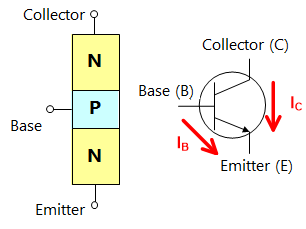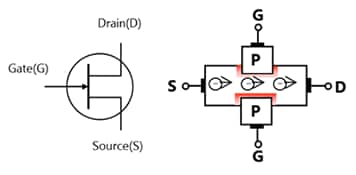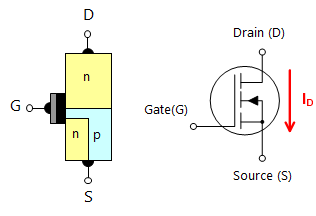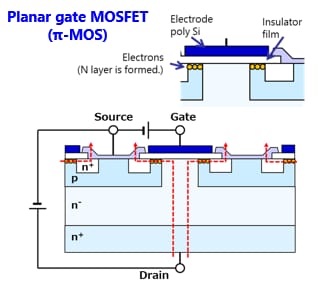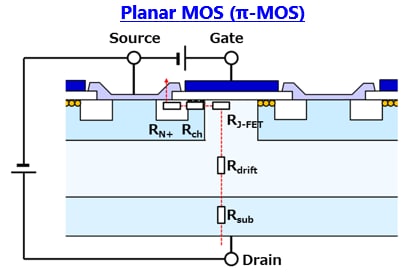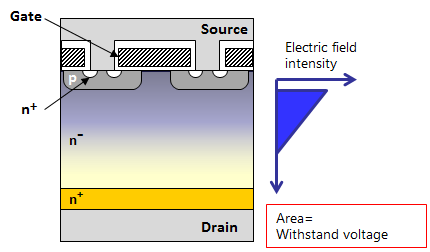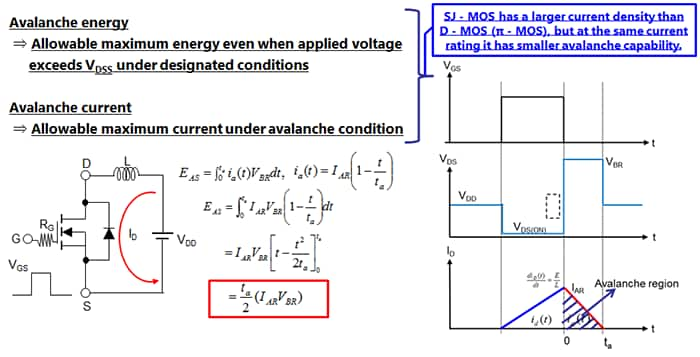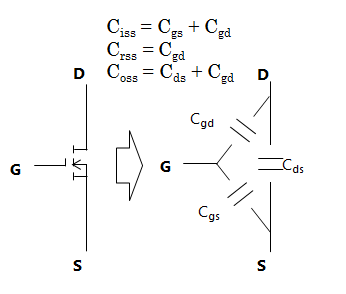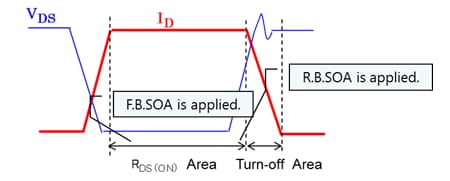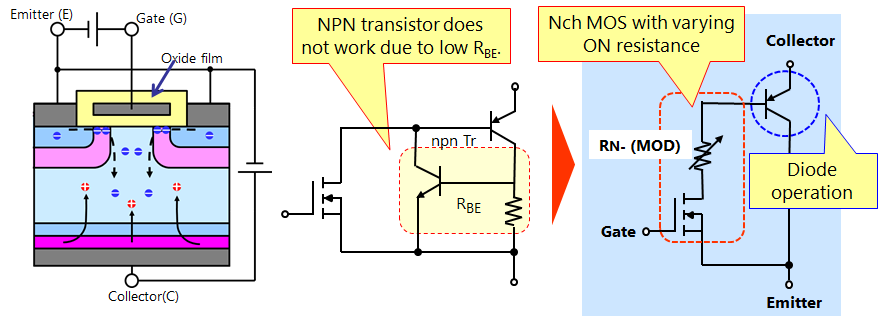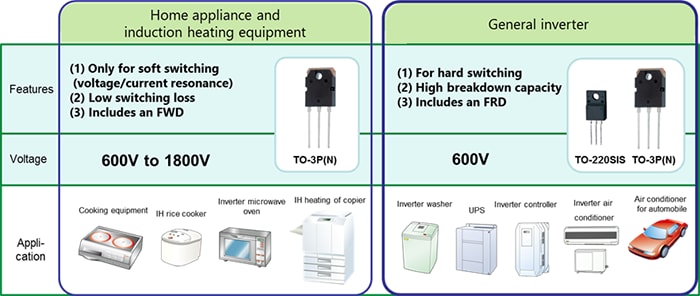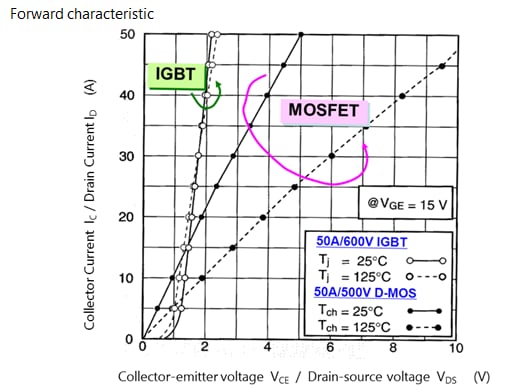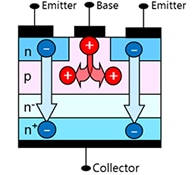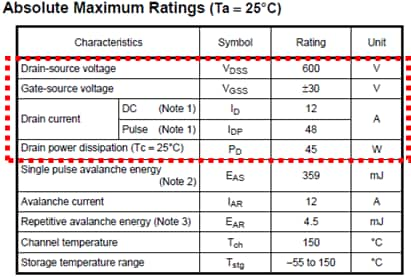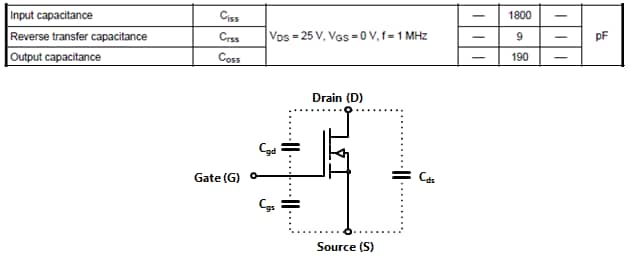- General Top
- SEMICONDUCTOR
- STORAGE
- COMPANY
-
My ToshibaSemicon
- Semiconductor Top
-
ApplicationsAutomotive
Body Electronics
xEV
In-Vehicle Infotainment
Advanced Driver-Assistance Systems (ADAS)
Chassis
IndustrialInfrastructure
BEMS/HEMS
Factory Automation
Commercial Equipment
Consumer/PersonalIoT Equipment
Healthcare
Wearable Device
Mobile
Computer Peripherals
-
ProductsAutomotive Devices
Discrete Semiconductor
Diodes
Transistors
Logic ICs
Analog Devices
Digital Devices
Wireless Devices
※
: Products list (parametric search)
Power SemiconductorsSiC Power Devices
※
: Products list (parametric search)
Isolators/Solid State RelaysPhotocouplers
Digital Isolators
Solid State Relays
Fiber Optic Transmitting Modules
※
: Products list (parametric search)
MOSFETsIGBTs/IEGTsBipolar Transistors※
: Products list (parametric search)
Diodes※
: Products list (parametric search)
MicrocontrollersMotor Driver ICsIntelligent Power ICs※
: Products list (parametric search)
Power Management ICsLinear ICs※
: Products list (parametric search)
General Purpose Logic ICsLinear Image SensorsOther Product ICsOther Product ICs
※
: Products list (parametric search)
-
Design & Development
-
Knowledge
- Where To Buy
- Part Number & Keyword Search
- Cross Reference Search
- Parametric Search
- Stock Check & Purchase
This webpage doesn't work with Internet Explorer. Please use the latest version of Google Chrome, Microsoft Edge, Mozilla Firefox or Safari.
require 3 characters or more. Search for multiple part numbers fromhere.
The information presented in this cross reference is based on TOSHIBA's selection criteria and should be treated as a suggestion only. Please carefully review the latest versions of all relevant information on the TOSHIBA products, including without limitation data sheets and validate all operating parameters of the TOSHIBA products to ensure that the suggested TOSHIBA products are truly compatible with your design and application.Please note that this cross reference is based on TOSHIBA's estimate of compatibility with other manufacturers' products, based on other manufacturers' published data, at the time the data was collected.TOSHIBA is not responsible for any incorrect or incomplete information. Information is subject to change at any time without notice.
require 3 characters or more.
3-19. What are RC-IGBTs and IEGTs?
Download "Chapter III : Transistors" (PDF:2.0MB)
Reverse conductive IGBT : RC-IGBT
- The structure of the RC-IGBT is shown in Fig. 3-16 (a). A diode is formed by making a part of the p-type layer, which is the collector of the IGBT, n-type. This diode has the same function as FWD * 1, which is generally inserted in the IGBT.
- With the introduction of thin wafer technology, it became possible to commercialize this configuration. Since the diode and the IGBT are one chip, it is easy to assemble. Because it is difficult to control the performance of the diode and the IGBT separately, the RC-IGBT is unsuitable for certain applications.
*1: FWD—Free-Wheeling Diode. Generally, it is used to send reflux current generated by a reactor.
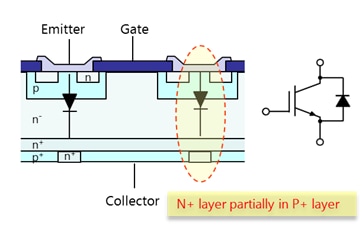
Injection-enhanced gate transistor : IEGT
- Generally, in the high-voltage IGBT, it is difficult to obtain low VCE (sat) characteristics because the carrier concentration of the drift layer (n-type layer) on the emitter side is low.
- The IEGT was developed to obtain low VCE (sat) performance at high withstand voltage (generally 1200 V or higher).
- Fig. 3-16(b) shows the IEGT’s structure and principle.
- It has a trench gate structure. Drawing out of the gate electrode is thinned out. As a result, carriers are accumulated just under the thinned gate electrode, increasing the carrier concentration on the emitter side.
- This high carrier density decreases resistance of drift layer, and makes VCE (sat) low.
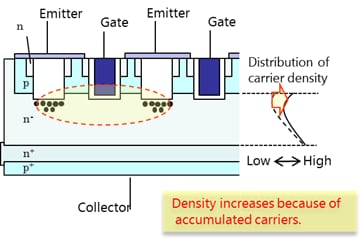
Chapter III : Transistors
Related information
- Products
- Application Notes
- FAQ



